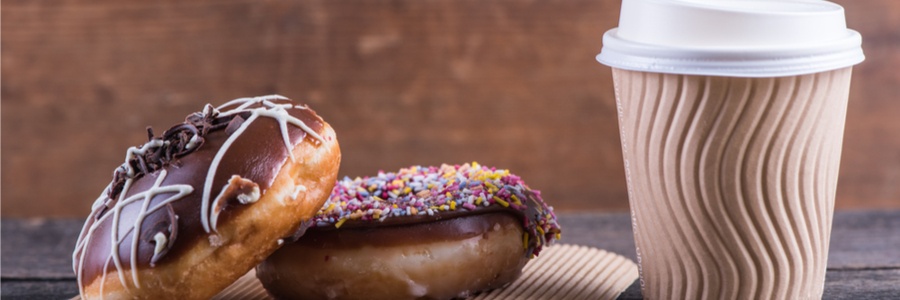
Facebook just made life more challenging for advertisers who want to reach more than 200 million U.S users and more than 2 billion worldwide.
CEO Mark Zuckerberg recently announced that the social media dominator will privilege content posted and shared by its users’ family and friends over advertising and other commercial content. The reason he gave was that “posts from businesses, brands and media [are] crowding out the personal moments that lead us to connect with each other." Consequently, the algorithm governing the Facebook News Feed has been changed to favor posts by friends, along with content that drives commentary and sharing.
Some advertisers may be thinking of leaving Facebook, but its massive audience still presents a huge opportunity for those who can create great content tailored to succeed in the social media ecosystem. Instead of retreating, advertisers can take Facebook’s new policy as a challenge to up their games, and create meaningful, attention-getting messaging that will drive the kinds of engaged interactions Facebook's new algorithm will promote.
That’s easier said than done, but when was effective advertising ever easy? It takes intense effort to get the creative, the placement and the timing right. In the social media ad space, that means putting an ad to the acid test before it's launched. A unique solution called Social Ad Testing lets you see whether your ads will sink or swim in social media users’ actual personal news feeds -- including Facebook's newly-altered environment. Here’s how it works:
– First, select members of a proprietary mobile-research panel who match an ad campaign's audience.
– Then inject your test ad into these targeted consumers' news feeds, whether on Facebook or other platforms, including Twitter, Instagram and YouTube.
– Recipients will experience the test ad as part of the regular stream of content flowing through their news feeds. They won’t know it’s a test, so their reactions will not just simulate reality – they’ll be reality.
– In the first phase of the test, advertisers will learn by simply observing a test ad’s recipients. Does the ad do what Facebook now says content should do – that is, drive shares and comments? Further, what's the viewing time, and how likely are viewers to click on the ad or turn on a video ad's audio?
– In the next phase, advertisers get to interact with their test recipients by sending them a survey that asks for both unaided and aided recall and qualitative opinions about the ad. You’ll direct them to see the ad again, and then capture their comments on what they liked or disliked, what they found memorable, forgettable, or completely ignorable, and whether they intend to shop and buy.
– If the test shows your planned ad is well-received and strongly positioned to drive sales, then launch it with confidence and, perhaps, boost its budget on social media.
– If the ad does not test well, then rework it, based on your test respondents’ comments and interactions. Retest until ready for success.
– Test how ads fare across different social platforms. Is the altered Facebook News Feed still a good home for your social campaign? Or does your comparative testing show that awareness and engagement are higher with the target audience on another social platform?
The bottom line is, the better your advertising is, the better experience its recipients will have. And therefore, the more likely it will be to flourish amid social media users' news feeds, including Facebook's changed environment. For a productive conversation on how Social Ad Testing can help you prepare for successful social media campaigns, just get in touch by clicking here.










